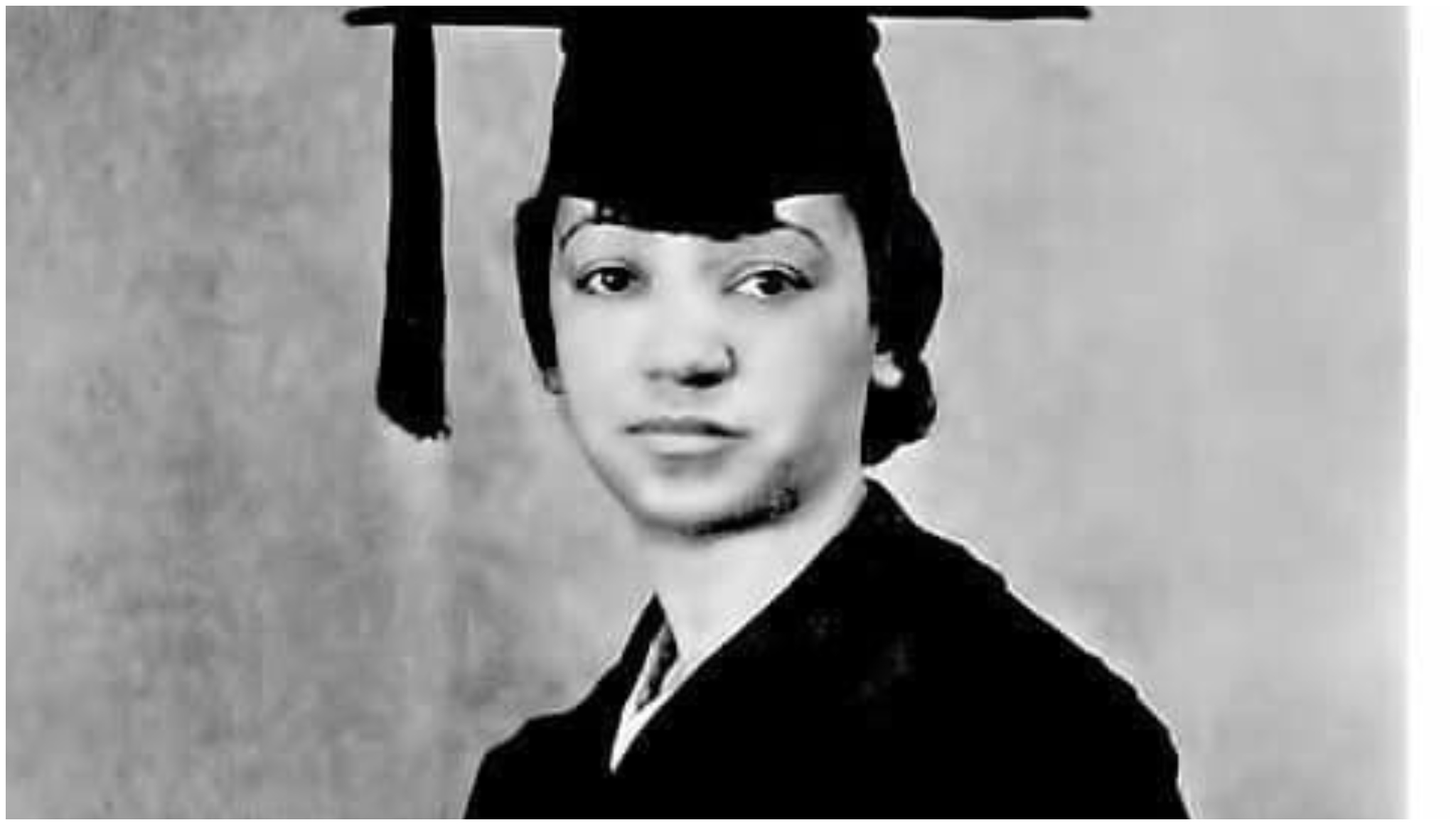Inez Beverly Prosser’s Pioneering Role in Psychology and Education Research
Inez Beverly Prosser is widely recognized as America’s first Black female psychologist. She earned her doctorate in psychology in 1933. Her research focused on how school integration affected Black middle school students. This was a bold topic at the time and remains important today.
Her doctoral dissertation revealed that Black children in integrated schools felt more isolated and less confident. She found they had weaker relationships with peers and teachers. These students also showed more signs of feeling inferior and were more likely to want to leave school. Prosser’s work challenged the idea that integrated schools automatically offered better experiences for Black students.
Early Life and Educational Journey
Prosser’s life story began in Texas. She was the oldest of 11 children and showed promise early on. She graduated as valedictorian from Yoakum Colored School in 1908. Later, she earned a teaching certificate from a Black teachers’ college in 1912. She worked as a teacher in several Black schools while pursuing higher education.
She studied educational psychology at the University of Colorado Boulder, where she earned her master’s degree in 1927. Her time at CU Boulder helped prepare her for advanced research. She then moved to the University of Cincinnati for her doctoral studies.
Impact and Controversy Around Her Research
Prosser’s findings stirred debate in a time when segregation was still common. Her research suggested that integration did not always benefit Black children. This view was controversial but supported by other Black scholars like W.E.B. DuBois. DuBois believed racial attitudes needed to change before integration could succeed.
Her research came before the famous 1954 Brown v. Board of Education ruling. That landmark case declared school segregation unconstitutional. Despite the controversy, Prosser’s work laid the foundation for ongoing discussions on race and education.
Recognition and Legacy
Prosser’s impact extended beyond her research. She was featured on the cover of The Crisis magazine in August 1933. The Crisis was the NAACP’s official publication and highlighted key figures in Black history and culture.
Tragically, Prosser died in a car accident in 1934, just a year after earning her doctorate. Her headstone reads, “How Many Hopes Lie Buried Here,” reflecting the potential cut short. Still, her legacy lives on through her groundbreaking work and the history project documenting CU Boulder alumni’s contributions to social change.





